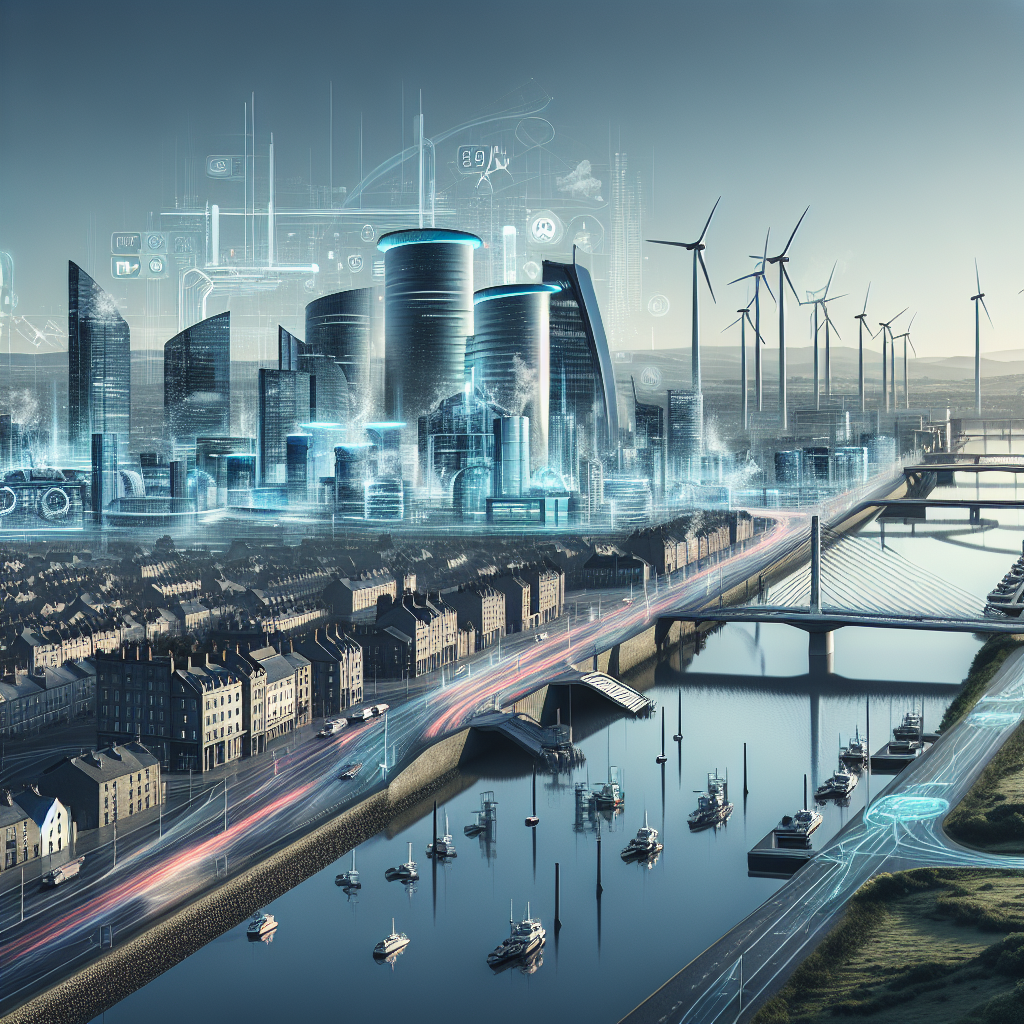
In the face of escalating climate-related disasters, the call for innovative solutions to strengthen infrastructure resilience is louder than ever. A recent report from Deloitte emphasizes the critical role that artificial intelligence (AI) can play in fortifying Ireland’s aging infrastructure against the increasing severity of floods, storms, and other climate challenges. With significant infrastructural investments outlined in the National Development Plan (NDP), the integration of AI tools could represent a pivotal advancement for Ireland’s approach to disaster preparedness and recovery.
During a recent analysis by Deloitte, Stephen Prendiville, the firm’s lead for infrastructure and sustainability in Ireland, highlighted that leveraging AI could ultimately prevent up to €65 billion annually in damages globally by the year 2050. This figure represents 15 percent of projected worldwide losses due to natural disasters. Although a specific statistic for Ireland wasn’t provided, the urgency is palpable, as the nation grapples with frequent and impactful disruptions to its infrastructure.
The NDP outlines an ambitious budget of €275 billion dedicated to modernizing Ireland’s infrastructure through 2035, a financial base that Prendiville suggests must now be matched with innovative strategies and technologies. He asserts that AI has moved beyond experimental phases and is on its way to becoming an essential component of infrastructure planning and management.
To truly future-proof Ireland’s infrastructure, Prendiville calls for a collaborative vision that utilizes AI to construct networks that are not just robust but also efficient and sustainable. These upgraded infrastructures would ideally help mitigate the severity of future climate disruptions while ensuring a quicker recovery post-event.
Deloitte’s report delves deeper into how AI technologies can support every stage of an infrastructure lifecycle, highlighting their potential to transform urban and regional planning. AI-driven predictive models can optimize land usage by analyzing vital data such as land elevation, soil saturation, and urban density. This knowledge is critical, especially as urban areas are increasingly required to adapt to changing environmental conditions.
In addition to enhancing planning, the report details how machine learning can significantly improve flood early warning systems, enabling authorities to respond proactively to reduce both human and economic impacts. Furthermore, AI-assisted inspection technologies can facilitate swift damage assessments, expediting repair efforts and minimizing disruption and costs associated with infrastructure failures.
Addressing the pressing climate impacts on Ireland’s infrastructure, Prendiville notes the increasing vulnerability to climate phenomena, which are compounded by more extreme temperature fluctuations in both summer and winter months. As these changes unfold, the nation’s infrastructure faces unprecedented stresses, underscoring the necessity for innovative technology such as AI to combat these challenges effectively.
A Deloitte survey earlier in the year raised concerns that climate change could impose up to €1.5 billion in costs on the Irish insurance industry over the next decade, largely attributed to the rising frequency and intensity of extreme weather events. Concern over the availability and cost of reinsurance was flagged as a major hurdle for insurers providing flood-risk coverage—one that highlights the interconnectedness of climate impacts, economic stability, and risk management.
Ultimately, the report posits that by harnessing the power of AI, predictive analytics, and shared climate intelligence, Irish governments, scientists, and insurers can collaborate more efficiently in addressing the growing threat posed by climate change. This cooperative approach not only aims to enhance resilience but also positions Ireland as a proactive leader in adapting to 21st-century challenges.

Leave a Reply